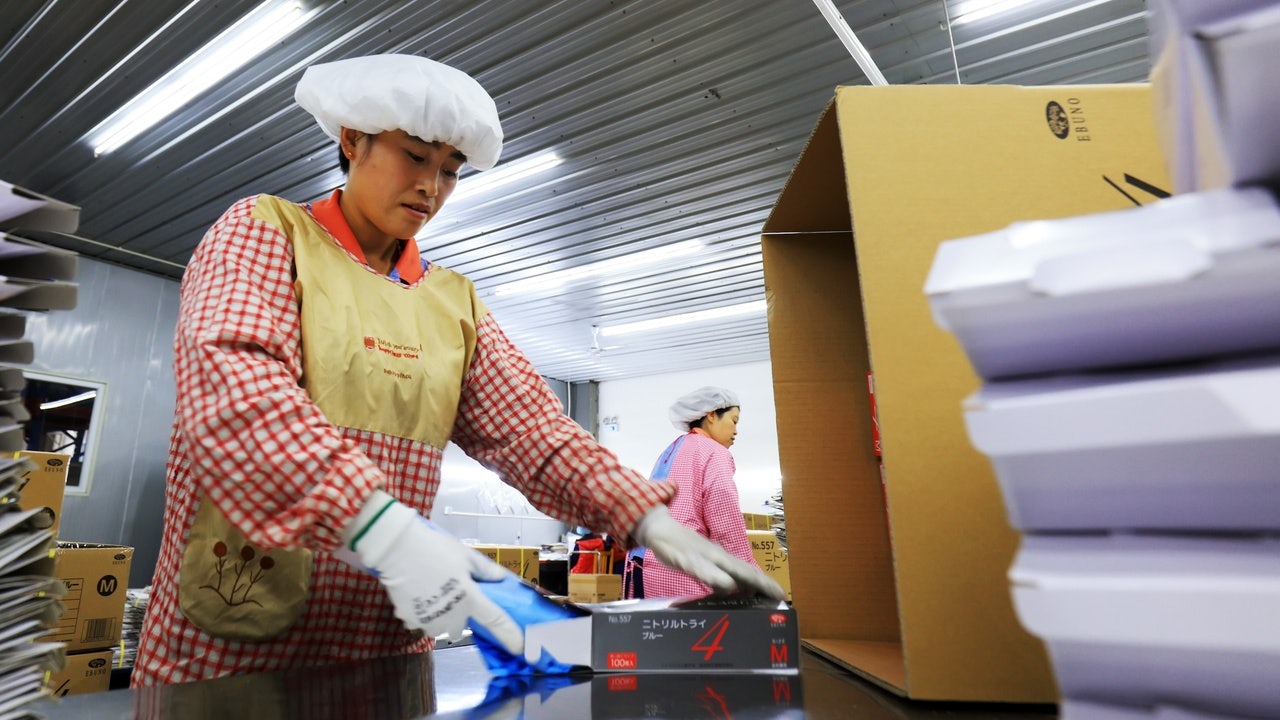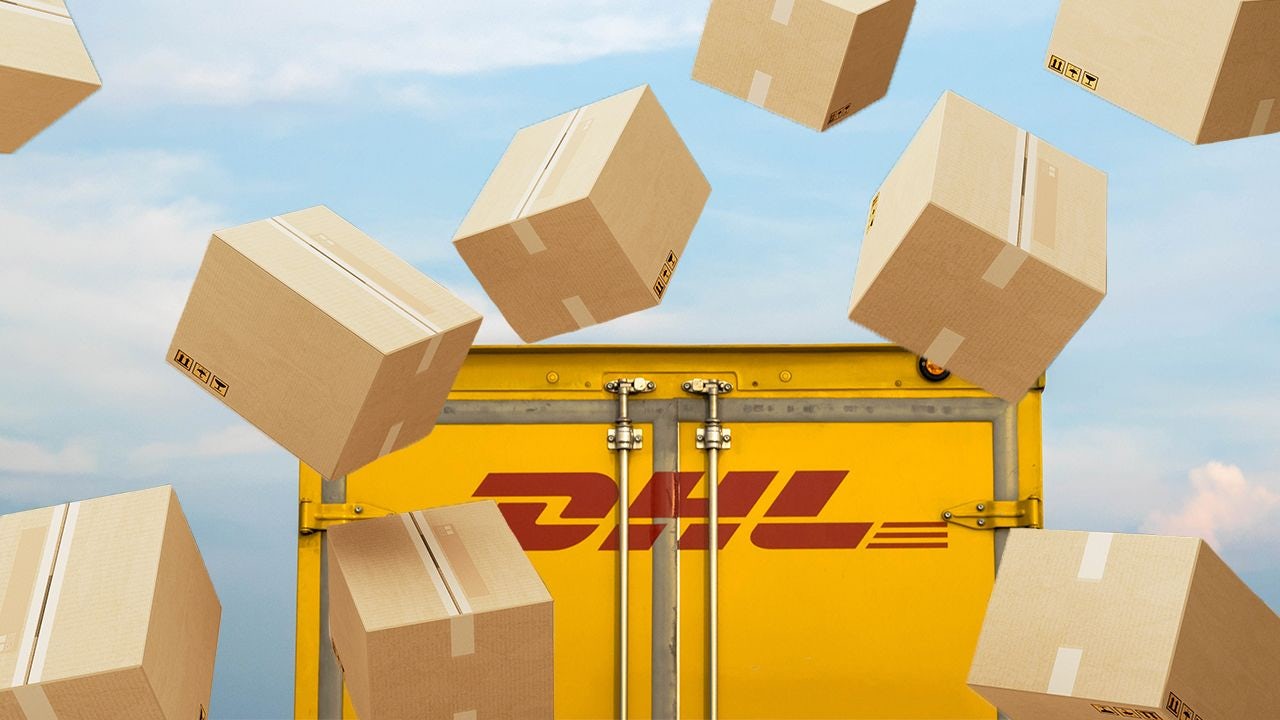Key Takeaways:#
The global dropshipping market size is forecasted to grow at a compound annual growth rate of 28.8 percent from 2019 to 2025 to reach 557.9 billion by 2025.
In 2019, North America dominated the dropshipping market, with a share of 35.6 percent.
During the pandemic, shipping delays, container shortages, and increased freight and warehousing rates have become the new norm.
According to Statista, retail e-commerce revenue in the United States amounted to 431.6 billion in 2020. The Statista Digital Market Outlook forecasts that revenue will grow to 563.4 billion dollars by 2025.
The North American e-commerce market is seeing remarkable growth because of digital acceleration and shifts in consumer behavior. Moreover, cutting-edge technologies such as AI/AR and VR have made the entire online shopping process more engaging, convenient, and transparent. This shift towards e-commerce has also benefited dropshippers.
Dropshipping —when a seller accepts customer orders for production without keeping goods in stock — is forecasted to grow globally at a compound annual growth rate of 28.8 percent between 2019 and 2025, reaching 557.9 billion by 2025, according to Grand View Research. In 2019, North America dominated the dropshipping market with a share of 35.6 percent.
The global fashion apparel segment is projected to register favorable growth in the dropshipping market between 2019 and 2025. That is especially encouraging, considering that the fashion segment held the largest market share of over 30. percent in 2018, according to Grand View Research (via PR Newswire).
Nevertheless, some entrepreneurs are still unconvinced about the business model’s potential. And the most common concern in this post-COVID-19 age is the impact of President Trump’s tariffs on the business.
Their fears are unfounded, though, because most low-value goods under 200 are exempt from duty. Bearing in mind that the bulk of dropshipping products are priced below this barrier, it’s safe to say that the model has been largely unaffected by changes. But that doesn’t mean there aren’t any risks in 2021. On the contrary, the COVID-19 pandemic has impacted the global supply chain, creating shocks and shortages still felt today.
Fortunately, dropshipping entrepreneurs can reduce their chances of failure by following these steps:
Quality control#
Before entering into business transactions, the vast majority of entrepreneurs fully vet their business partners. However, this is easier said than done in dropshipping when the manufacturer is on the other side of the globe. In fact, inconsistent products and quality issues are common challenges in this business.
Alibaba is a terrific platform for dropshippers because it offers Trade Assurance, which protects the buyer from fraudulent suppliers, low-quality products, and significant delays. Moreover, the Chinese giant uses different levels of verification. For example, Verified Suppliers had passed independent on-site and online verifications by third-party inspection companies such as SGS, Intertek, TUV Rheinland.
Avoiding shipping delays#
The pandemic has wreaked havoc on supply chains, and shipping delays, container shortages, and increased freight & warehousing rates have become the new norm. “Stubbornly high shipping expenses for businesses are getting sealed into contracts for the next 12 months, forcing companies to pass the extra costs on to consumers,” said Bloombergin April.
Profit margins get significantly squeezed when costs are skyrocketing. But in this case, there’s no straightforward solution. In the short term, dropshippers can try to minimize the inventory from China and move their manufacturing closer to “home.” Mexico is already presenting itself as an alluring alternative because of the USMCA.
Some manufacturers have reduced their shipping costs by private-labeling their components or assemblies and dropshipping them directly to the end customer, according to Kate Bachman, an editor at STAMPING Journal.
But the most promising, long-term solution comes from China. By investing in global infrastructure development programs like The Belt and Road Initiative, Beijing is building more permanent solutions to improve transport services and facilitate trade.
Invest in excellent customer service#
Relationships with your customers can make or break your business. But in the digital age, customers expect effortless interactions, availability, personalization, and convenience.
According to research published on HubSpot, almost two-thirds of buyers demand a response within 10 minutes to any marketing, sales, or customer service question. Moreover, a report sponsored by Zendesk shows that 58 percent of respondents stopped buying from a company after a poor customer service experience, and 52 percent replaced the product or service with one from a competitor. For obvious reasons, dropshipping entrepreneurs should invest in AI-enabled customer service chatbots and deep learning solutions.
Dropshippers that will deliver real-time hyper-personalized experiences will strengthen the emotional connection with their customers and foster trust and brand affinity.

